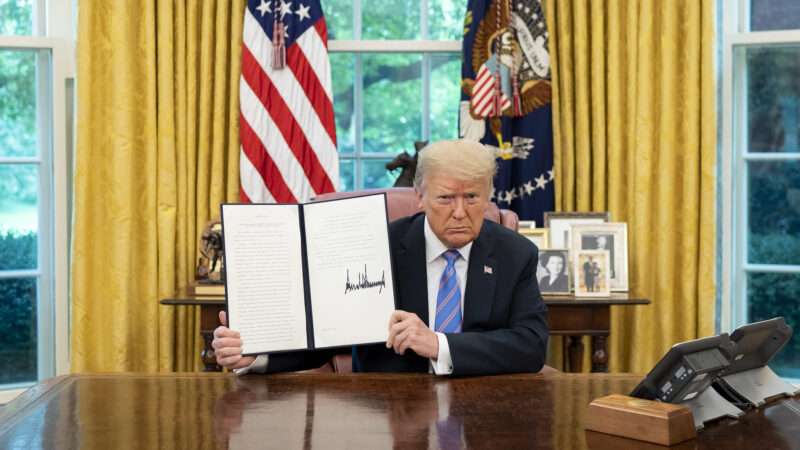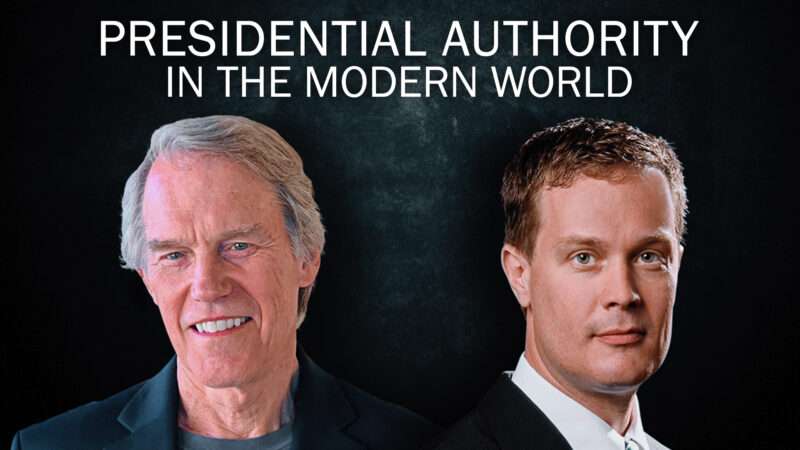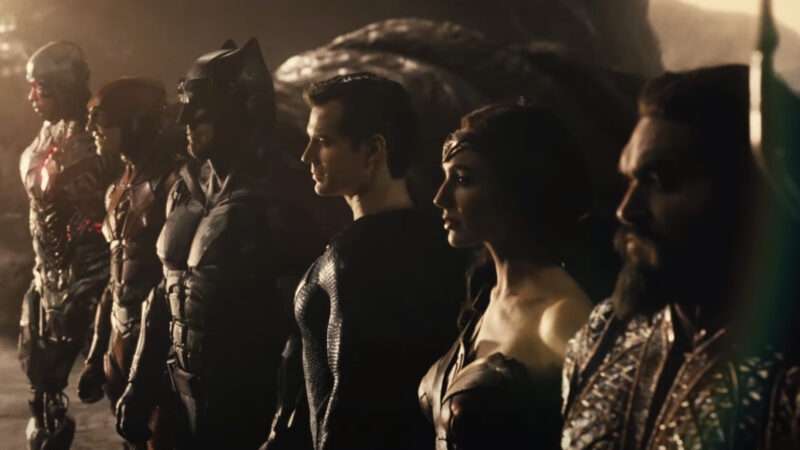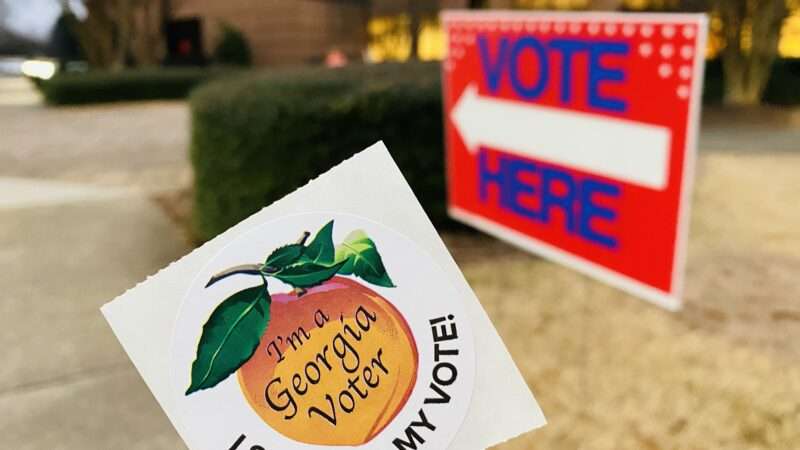One way to look at the emergence of the so-called Snyder Cut—director Zack Snyder’s personally approved four-hour version of his superhero epic Justice League, which hit HBO Max last week—is as a victory for fans and fan culture.
The film, which initially hit theaters (remember those) in 2016, had reportedly been bogged down by production trouble, with studio executives apparently worried by the reported three-hour length and the grim, grandiose aesthetic of director Zack Snyder. Justice League was the first movie to feature a full-fledged team-up between five members of the DC Comics universe, and was, in theory, DC’s answer to the success of Marvel’s comic book–derived movies, in particular the studio’s Avengers franchise. But Marvel was scoring hit after hit with a light, quippy, almost sitcom-like approach to superheroes. So after Snyder departed the production due to a personal tragedy, it wasn’t much of a surprise when the studio brought on none other than Joss Whedon, the writer and director of the first two Avengers films, to rework the DC team-up film—with a mandate to make it lighter, more self-aware, and shorter.
What emerged was certainly shorter, coming in at just under two hours. But it was also derided—rightly, in my view—by fans and critics alike as slapdash and hectic, an aesthetic travesty marred by shoddy effects work and pedestrian production values. It was, in internet parlance, a dumpster fire.
Typically, the only response to this sort of blockbuster disaster would have been to move on and accept that the damage had been done. Once a movie has been made, it cannot be unmade, or remade.
But word spread that Snyder had saved a version of his own, far longer cut on his laptop—and over time, fans began to clamor to see what the director had intended, backing the #ReleaseTheSnyderCut hashtag on Twitter and elsewhere.
Snyder, it’s worth noting, is not exactly beloved by the film and culture writing establishment, and so there were social media clashes and think pieces and mean tweets and more think pieces and then even more tweets and probably some more think pieces, because that’s how this sort of flame war tends to proceed. The whole thing ended up being coded as a kind of struggle between supposedly toxic implicitly right-wing fans who adore Snyder’s simple-minded brutality and more enlightened critics who, in this narrative, don’t.
More often than not, this debate was tiresome, as these sorts of internet skirmishes tend to be, a debate about political symbols that too often overlooked the actual film and filmmaker in question. (Admittedly, this was somewhat inevitable since until last week no one in the public could actually see Snyder’s film.) But eventually, Snyder himself joined the campaign, and the studio agreed to give the director—who had apparently been shielded from ever seeing the theatrical version—a reported $70 million to rework the film according to his own specifications. The decision was part fan service, part streaming platform stunt, a bid to draw in viewers to a new platform that needed signature content.
Snyder’s fans had spent years clamoring for the release of an alternate cut of a movie, but in many ways their movement resembled a modern political activist cause: They had waged a ground-up, internet-era activist campaign, built on a hashtag, intended to force those in power to reverse course on what they perceived as a terrible decision. In this way, at least, there was something deeply political, or at least politics-adjacent, about the Snyder Cut drive. And somewhat improbably, the fans won.
One reason why they won is because of the shifting dynamic between fans and studios, in which studios, inundated by online feedback from highly motivated fan factions, shift plans accordingly; the internet has become a kind of always-on focus group that, for better and for worse, allows both politicians and purveyors of popular culture to constantly test and tweak their messages accordingly.
Another reason, however, is that the medium itself has changed. The original Justice League was intended primarily as a theatrical experience, and thus it was made to conform to the expectations and traditions of theatrically exhibited features—which is one of the reasons it was cut so short.
But Zack Snyder’s Justice League, in all of its four-hour glory, is a streaming experience through and through, one that partakes in the opportunities for expanded length and episodic, serial storytelling that work best on streaming.
In its own way, it is perhaps the ultimate example of the streaming experience, the most fully realized product of the streaming era: While it’s at least possible to imagine even the most niche, specialized streaming series running on traditional cable networks, something like the Snyder Cut would have been unthinkable anywhere in the TV landscape of 10 years ago. Perhaps it would have found a release on DVD, where director’s cuts and extended editions were released for a while, but otherwise there simply would have been no home for it. There was no format that would make space for its unwieldy excess.
And that’s why I think it’s not enough to call the release of Zack Snyder’s Justice League a victory for fans. It is, but it’s also a product of a shifting format, a medium in flux, that is evolving not only to give us more material—via what we have come to know as Peak TV—but different kinds of material, blending the features of TV and feature filmmaking and miniseries into something that, in the case of the Snyder Cut, doesn’t quite fit neatly into any category.
Snyder’s Justice League transforms the truly awful two-hour superhero movie that Whedon slapped together after Snyder’s departure into something that is maybe not quite good—or at least not to my personal taste—but is nonetheless quite fascinating. Because what you get to see is the sprawl and scale of a director’s vision for a big-budget blockbuster in a maximalist way that just doesn’t ever make it to the big screen, and that the traditional feature format couldn’t really contain. It’s basically an internet fan theory come to life. The internet, and the economics of streaming, birthed a collective online fantasy into watchable reality.
Two years ago, I wrote an essay about the evolution of TV formats and platforms titled, “Nobody Knows What Television Is Anymore.” But maybe—just maybe—this is it?

from Latest – Reason.com https://ift.tt/3daUZjD
via IFTTT




